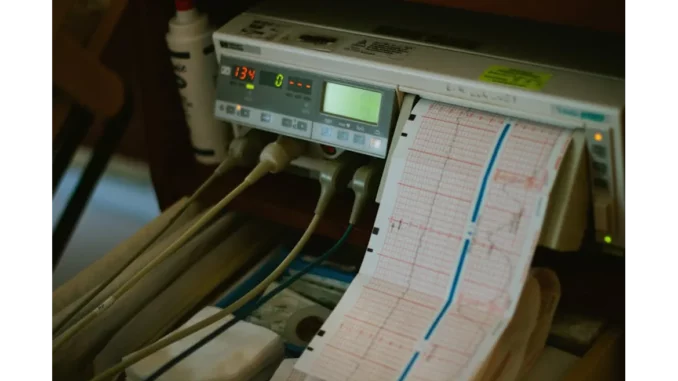
In the ever-evolving landscape of medical technology, Abbott has once again cemented its position at the cutting edge of innovation in electrophysiology. Recently, I had the privilege of conversing with Dr. Emily Thornton, an experienced electrophysiologist who has closely monitored Abbott’s advances in pulsed field ablation (PFA) technologies. Her insights provide a compelling perspective on the importance of these advancements for both practitioners and patients alike.
Dr. Thornton’s commitment to the field of electrophysiology began over a decade ago, and her enthusiasm was palpable as she recounted her professional journey. “When I first learned about Abbott’s recent achievements, I was both thrilled and curious,” she said. “The VOLT-AF Investigational Device Exemption (IDE) study and the FOCALFLEX trial mark a significant shift in our approach to treating atrial fibrillation.” Abbott’s announcement of completing early enrolment in the VOLT-AF IDE study heralds a promising future for the Volt PFA System. Dr. Thornton explained that this system is designed to offer a safer and more efficient alternative to traditional ablation methods, such as radiofrequency (RF) and cryogenic ablation. “What makes PFA particularly compelling,” she observed, “is its capability to selectively target heart tissue without inflicting collateral damage on adjacent structures. This represents a substantial leap forward in patient safety and procedural efficiency.”
The initiation of the FOCALFLEX trial, which seeks to evaluate the TactiFlex Duo Ablation Catheter, Sensor Enabled, further underscores Abbott’s dedication to innovation. Dr. Thornton expounded that this trial aims to overcome the limitations of first-generation PFA technologies by enhancing visualisation and contact precision. “The improved contact accuracy allows us to more effectively target areas requiring treatment, potentially leading to better outcomes for patients,” she noted.
As Dr. Thornton elaborated on these advancements, it became evident that Abbott’s initiatives are not merely about introducing novel devices but about reimagining the entire framework of electrophysiology procedures. The integration of advanced heart mapping systems, such as the newly FDA-cleared Advisor HD Grid X Mapping Catheter, plays a pivotal role in this evolution. “Having such precise mapping capabilities enables us to perform more customised interventions,” she explained. “This can significantly reduce the likelihood of repeat procedures, which is always a concern with ablation therapies.”
Beyond the technical intricacies, Dr. Thornton emphasised the broader implications of Abbott’s innovations on patient care. “Ultimately, our objective as clinicians is to enhance patient outcomes,” she asserted with conviction. “With these new tools, we are not only improving the safety and efficacy of procedures but also broadening the treatment possibilities for patients who might not have been suitable candidates for conventional ablation methods.”
Abbott’s holistic approach to electrophysiology solutions extends across 160 countries, highlighting its commitment to advancing healthcare on a global scale. Dr. Thornton underscored the significance of such a widespread impact, noting that “by making these technologies accessible worldwide, Abbott is helping to bridge the gap in healthcare disparities. This ensures more patients can benefit from cutting-edge treatment options.”
As our discussion drew to a close, Dr. Thornton reflected on the future of electrophysiology. “It’s an exhilarating time to be in this field,” she concluded. “With companies like Abbott pushing the frontiers of what is possible, we’re on the brink of transformative changes that will redefine patient care for years to come.”
In reflecting on my conversation with Dr. Emily Thornton, it is clear that Abbott’s advancements in electrophysiology are setting new benchmarks in the treatment of atrial fibrillation and other heart rhythm disorders. These developments not only promise to enhance the safety and effectiveness of procedures but also herald a new era of personalised patient care. As the medical community continues to embrace these innovations, patients across the globe stand to benefit from improved outcomes and an enhanced quality of life.


Be the first to comment